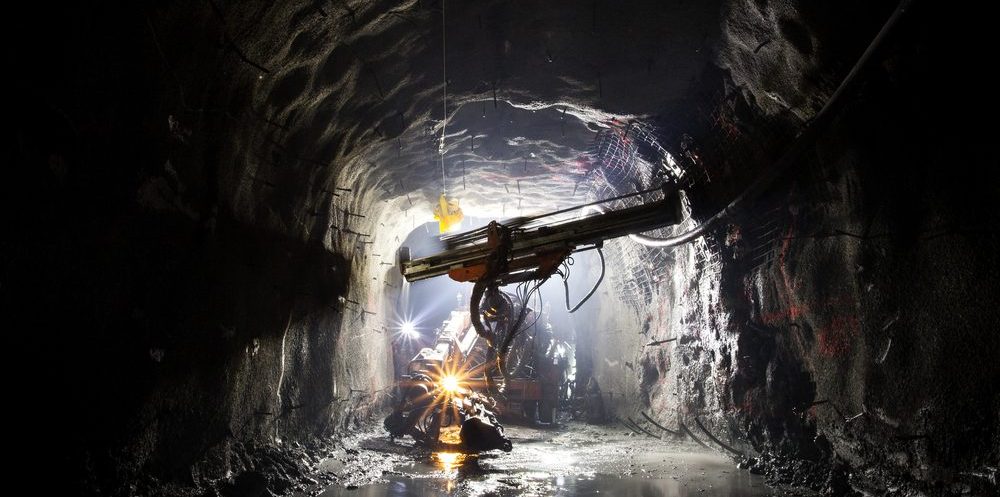Humans have been mining since before recorded history. From the earliest mining of flint to make tools and weapons to today’s modern mining of coal, iron, bauxite, phosphate rock, gypsum, and other precious minerals and metals, mining is one of the most critical foundations of global civilization!
But not all mining is the same. The two main types of mining are surface (or open pit) and sub-surface (or underground). Of these, surface mining “accounts for almost 85% of all U.S. coal production and approximately 90% of the nation’s total non-fuel mineral production,” per the National Mining Association. The rest is either underground or done via placer mining, in-situ mining, or deep sea mining.
What is underground mining?
Underground mining is a vital part of the industry, required to obtain hard-to-reach hard and soft rock minerals. Underground hard rock mining involves “extracting minerals from hard ore or sedimentary rocks rather than softer ones such as oil or coal.” Hard rock mining is used to obtain “gold, copper, zinc, nickel and lead or gems such as diamonds.”
Underground soft rock mining is for obtaining salt, as well as “oil, coal, shale, and potash from soft rock mineral resources.” Both types of underground mining require expensive, complex techniques to dig deep into the earth and build stable shafts and tunnels where miners can safely work. The types of methods used depend on the surrounding geology and whether or not it provides sufficient ground support.
The industry needs workers - and pays top dollar!
No matter which underground mining method is used, one thing remains constant—the job is hard work.
Most career fields don’t require the level of drive and endurance that underground miners must possess. In fact, we’d venture to say that few modern workers are mentally and physically up to the challenge. Some simply aren’t fit enough to handle this type of work, especially over a 10+ hour shift.
It definitely takes a special type, but those who can hack it often get to name their price. Per ZipRecruiter, the average annual pay for underground miners is $56,434 a year, with salaries reaching as high as $84,500 or more, which does not likely include bonuses. A Nevada-based underground miner wrote for Insider that he earns as much as $160,000 a year…without a college degree! Salaries vary based on experience and location, with many of the highest-paying opportunities in California.
Why do underground miners earn so much?
Underground mining is clearly a lucrative business. The pay scales for this career field are so high because:
- There aren’t many workers with enough stamina and focus to do the tasks.
- The field has inherent safety risks greater than those associated with other safety-sensitive trades.
- Workers in the high-end income bracket might put in 12-hour shifts, working one full week on, one week off.
- Mining has a high turnover rate, with 40% of mining employees planning to leave their job this year, per Mining People International. Thus, there’s an ongoing need to fill positions and employers are willing to offer higher compensation.
There’s no beating around the bush—underground mining isn’t something most workers can handle. But for those who’ve got what it takes, the pay and benefits are competitive and the skills developed on-the-job are often specialized and in high demand. It’s definitely a solid career prospect for anyone who likes physical work and hates sitting in an office, stuck at a computer all day!

